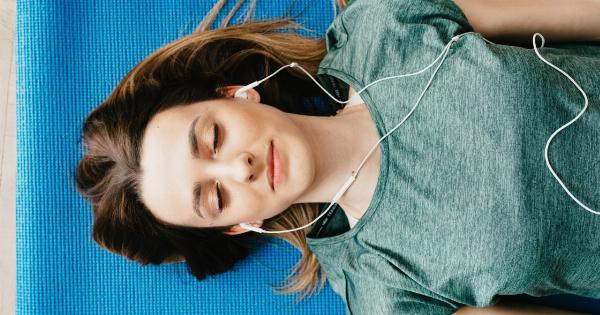Having a strong core is essential for overall fitness and physical health. Not only does it improve posture and balance, but it also reduces the risk of injury during physical activity.
However, many people neglect their core muscles in their fitness routines. This can result in weak core muscles that can cause back pain and lead to poor mobility. With the ultimate core conditioning program, you can strengthen your core and improve your overall fitness.
What is the Core?
The core refers to a group of muscles that support the spine and pelvis. These muscles include the rectus abdominis, obliques, transverse abdominis, erector spinae, and pelvic floor muscles.
A strong core is essential for performing everyday activities such as standing, walking, and lifting objects.
Why is Core Conditioning Important?
Core conditioning is important because it provides a stable base of support for the rest of the body during physical activity.
A strong core can improve posture, balance, and stability, which can reduce the risk of injury and improve athletic performance. A weak core can lead to poor posture, back pain, and poor mobility. Therefore, it is essential to incorporate core conditioning into your fitness routine.
The Ultimate Core Conditioning Program
The ultimate core conditioning program is designed to target all the core muscles and improve overall core strength.
This program includes a combination of exercises that target the rectus abdominis, obliques, transverse abdominis, erector spinae, and pelvic floor muscles.
Plank: Exercise 1
The plank is an excellent exercise for strengthening the entire core. To perform a plank, start in a push-up position with your forearms resting on the floor.
Keep your body in a straight line from your shoulders to your ankles, engage your core, and hold for 30-60 seconds.
Exercise 2: Russian Twist
The Russian twist is an effective exercise for targeting the oblique muscles. To perform a Russian twist, sit on the floor with your knees bent and your feet flat on the ground. Lean back slightly and lift your feet off the ground.
Hold a weight or medicine ball in front of you and rotate your torso from side to side.
Dead Bug: Exercise 3
The dead bug is an exercise that targets the transverse abdominis. To perform a dead bug, lie on your back with your arms extended towards the ceiling and your legs bent at a 90-degree angle.
Slowly lower one arm behind your head and the opposite leg towards the floor. Return to the starting position and repeat on the other side.
Superman: Exercise 4
The Superman is an exercise that targets the erector spinae muscles. To perform a Superman, lie face down on the floor with your arms extended in front of you and your legs straight.
Lift your arms, chest, and legs off the ground at the same time and hold for a few seconds before slowly lowering back down.
Kegels: Exercise 5
Kegels are an exercise that targets the pelvic floor muscles. To perform Kegels, contract the muscles used to stop the flow of urine and hold for a few seconds before releasing.
How Often Should You Do the Ultimate Core Conditioning Program?
The ultimate core conditioning program is designed to be performed 2-3 times per week. It is essential to allow for adequate rest and recovery between workouts.
Conclusion
A strong core is essential for overall fitness and physical health. Neglecting your core muscles can lead to back pain, poor posture, and poor mobility.
The ultimate core conditioning program is an effective way to strengthen your core and improve your overall fitness. Incorporate these exercises into your fitness routine 2-3 times per week to see improvements in your core strength.



























